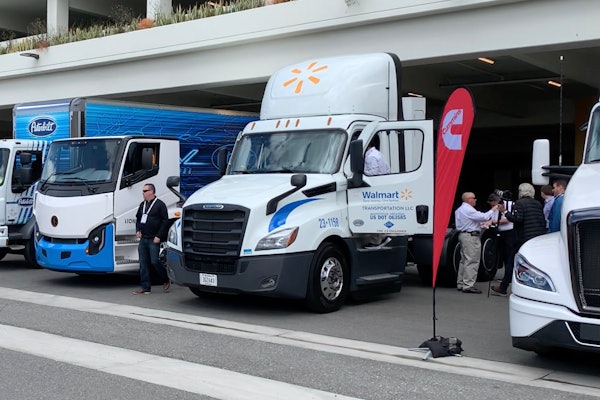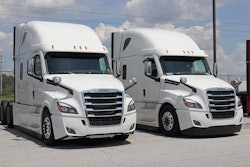Navistar is bringing its new International S13 Integrated Powertrain to its HX Series work truck, the company announced Tuesday at ConExpo in Las Vegas.
The S13 Integrated Powertrain, Navistar's first in-house designed and engineered powertrain, and the first new International on-highway product since regulators approved Volkswagen subsidiary Traton Group's July 2021 takeover of Navistar, debuted last summer for LT and RH models.
Deploying a modular design approach that allows for customization, the S13 Integrated Powertrain consists of three distinct components: an engine, a transmission and an aftertreatment system – all designed and developed concurrently to ensure compatibility and integration between the systems.
[Related: A quick spin in International's new global powertrain]
 The 13-liter International S13 engine (rated up to 515 horsepower and 1,850 lb-ft of torque) is Navistar's first engine designed with selective catalytic reduction (SCR) technology as the primary emissions reduction technology.Navistar
The 13-liter International S13 engine (rated up to 515 horsepower and 1,850 lb-ft of torque) is Navistar's first engine designed with selective catalytic reduction (SCR) technology as the primary emissions reduction technology.Navistar
To keep temperatures at an optimal range and extend service intervals, the aftertreatment system includes a dual-stage SCR catalyst system in a one-box design.
The absence of an exhaust gas recirculation (EGR) cooler allows for nearly all exhaust to flow to the fixed geometry turbocharger, equating to more power and improved engine performance, and since an EGR cooler was eliminated from the combustion process, less soot and particulate matter are generated. A cleaner combustion cycle allows for extended service intervals and eliminates the need for the diesel oxidation catalyst (DOC) and active regeneration.







